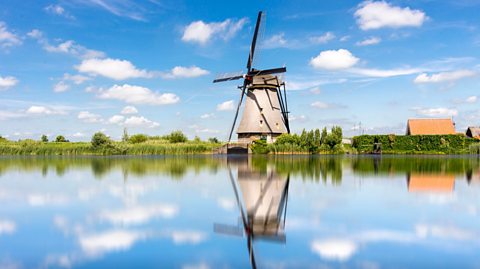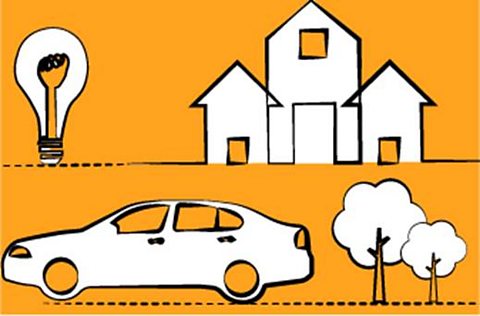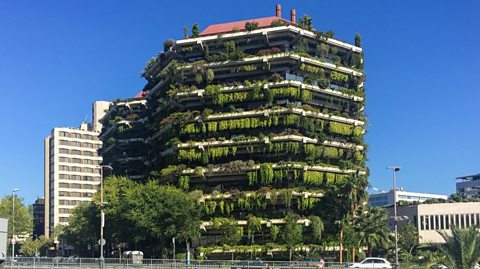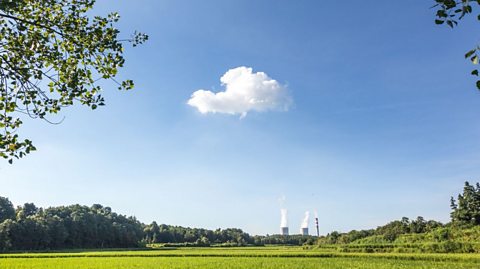Over half of the seven billion global population lives in cities.
In the developing world, city populations are forecast to grow by a further 2.5 billion over the next 30 years.
Urban centres already often suffer from the so-called heat island effect, meaning they can be up to 2.5 degrees hotter than surrounding areas due to human activity. As global weather changes, cities are looking at ways to adapt to different temperatures and extreme weather events.
Richard Bellingham, Director of the Institute for Future Cities at the University of Strathclyde, has told us about some interesting examples around the world.

Trees, lighter-coloured rooftops and thicker walls
Where temperatures rise significantly, the design of buildings will need to change to reduce heat and to help them cool down more quickly. This could mean walls, roofs and windows that reflect heat, as well as buildings that have green walls and roofs covered in trees and climbing plants.
Over the last nine years in New York, 9.2 million square feet of rooftops have been painted white and over a million new trees were planted. Lighter-coloured rooftops can significantly reduce the need for and costs of air conditioning. Asphalt on roads also absorbs heat but now, in some cities, streets and alleyways are being made from materials that reflect more light.
Higher temperatures could also mean smaller windows where these face the Sun ÔÇô and thicker walls, so the building heats up more slowly. Buildings will need to be much better insulated to keep the cool in and reduce the energy consumption associated with air conditioning.

Capturing rainwater
Many urban drainage systems were not designed for intense rainfalls. Now, we're seeing cities putting in soft verges, permeable pavements, and trees to absorb and slow the flow of water that could otherwise overwhelm the drains.
Some buildings are installing systems that allow them to be far more efficient in their use of water, capturing rainwater and reusing grey water - the waste water from baths, sinks and kitchen appliances - for other purposes. This reduces the need to invest in better drainage systems, and that less energy is needed to treat and pump clean drinking water.

'Preferential' flooding
Many cities around the world are on the coast, and therefore at risk from rising sea levels.
Some cities are tackling this by preparing for potentially serious floods in the future, for example by designing buildings where the ground floor can be abandoned to flooding, if necessary.
Other strategies include protecting critical infrastructure, like electricity sub-stations, from flood water; and designing areas of the city that flood first to preserve other areas. In Rotterdam, there are car parks and city squares designed to flood preferentially and safely, so that the city can continue its activities without disruption.

┤¾¤¾┤½├¢ Briefing
Your downloadable guide to the UK's energy system and why it must change to meet climate pledges

How do you make a city sustainable?
Many cities have 'sustainability goals', but that goes beyond environmental targets. So what does that all mean?

How much do you really know about climate change?
We are always hearing about it in the news, but have you been paying attention?
